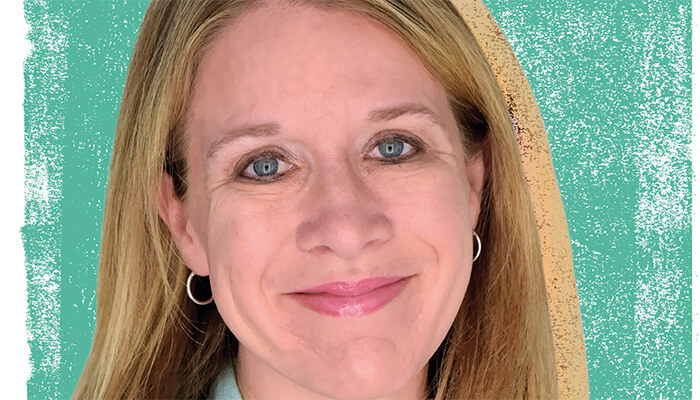We hear you’re currently in Valencia – what are you working on?
I received a Guggenheim Fellowship to support a research collaboration between the Polytechnic University of Valencia (the MPV) and the Institute Tecnologico. The lab here is focused on biomedical applications of nanoparticles, and the team has developed some really nice mass spectrometry methods for characterization of protein absorption. It felt like a good time for a sabbatical…
We hear you’re currently in Valencia – what are you working on?
I received a Guggenheim Fellowship to support a research collaboration between the Polytechnic University of Valencia (the MPV) and the Institute Tecnologico. The lab here is focused on biomedical applications of nanoparticles, and the team has developed some really nice mass spectrometry methods for characterization of protein absorption. It felt like a good time for a sabbatical…
How so?
I’ve been on faculty for 13 years, and I wanted to take a step back and re-evaluate. Sometimes in academia, people have a very singular focus – and become famous by working on their own. But I don’t fit into the traditional chemist box – I’m interested in the messy spaces between fields and in truly collaborative work. This sabbatical allowed me to come in with a “beginner’s mind.”
How did you find yourself in analytical science?
I don’t have a very traditional trajectory. There are no scientists in my family, and mine was the first generation to go to college. All I knew was that I wanted to have an impact on the planet. For me, chemistry is really pragmatic; I had to get through college faster than most – I couldn’t afford a fourth year of college and so I did it in three – so part of me wanted to stick with what I knew.

My PhD focused on physical chemistry but I was orientated towards the analytical, not least because it helped me cross disciplines. As a grad student I did single-cell chemistry, which was a great gift; ultimately, I ended up with unique skillset that really helped when applying for jobs. I tell my grad students that it’s important to have many strings to your bow, so that you can set yourself apart.
What are the pressing issues in nanoscience?
Nanoparticle toxicology as a field emerged about 15 years ago and. for a decade or more, it has been largely focused on the exposure of organisms to high concentrations of nanoparticles for short periods of time. That is important, of course – but even more important is to understand the impact of long-term low-dose exposures. A great example are lithium-ion batteries, which contain nanoparticles such as nanoscale nickel manganese cobalt oxide (NMC). Electric vehicles are using these batteries, which is great, but there’s something like 40 kg of this NMC in each one – how will that impact on the environment in the long term? I think we have responsibility to be proactive and consider issues of safety and sustainability in the lifespan of those batteries. My focus is on bacterial interactions with nanoparticles – the bottom of the food web.
What challenges do you encounter in nanoparticle analysis?
Our biggest problem is that we need to find methods that can track nanoparticles in real-time in complex matrices and, at the same time, help us to understand how the particle is transforming chemical signatures for dissolution or adsorption. Right now, that is impossible, so we pull together complimentary methods to try to paint the whole picture – such as electron microscopy, dark field scattering, hyperspectral imaging and EDF. Unfortunately, most of those methods can’t be employed in situ, in real time. One of the really complicated aspects of this work is identifying thoughtful and appropriate controls, so that you don’t misinterpret data.
In a more general sense, when you’re straddling fields, it’s sometimes hard to reach the audience that needs to hear about our results. With nanoparticle sustainability, for example, we would like to be able to talk directly to policymakers, to help create smart regulations.
You’re a champion for diversity in science – why tackle these thorny issues?
It’s still important to acknowledge the challenges that women – and other minorities – face in science. However, I must admit that it’s sometimes hard always being the person who points out gender discrepancies or discrimination. In a way, I’d just like to get my science done without bothering about social politics – but I recognize that comes from my own privilege. Plus, I believe that if you have any sort of power, influence or visibility you have a responsibility to talk about these issues. Being an underrepresented person has definitely influenced me – and it has driven me to try to improve things for those who follow. It’s also important to remember that diversity contributes to the vibrancy of any field.




